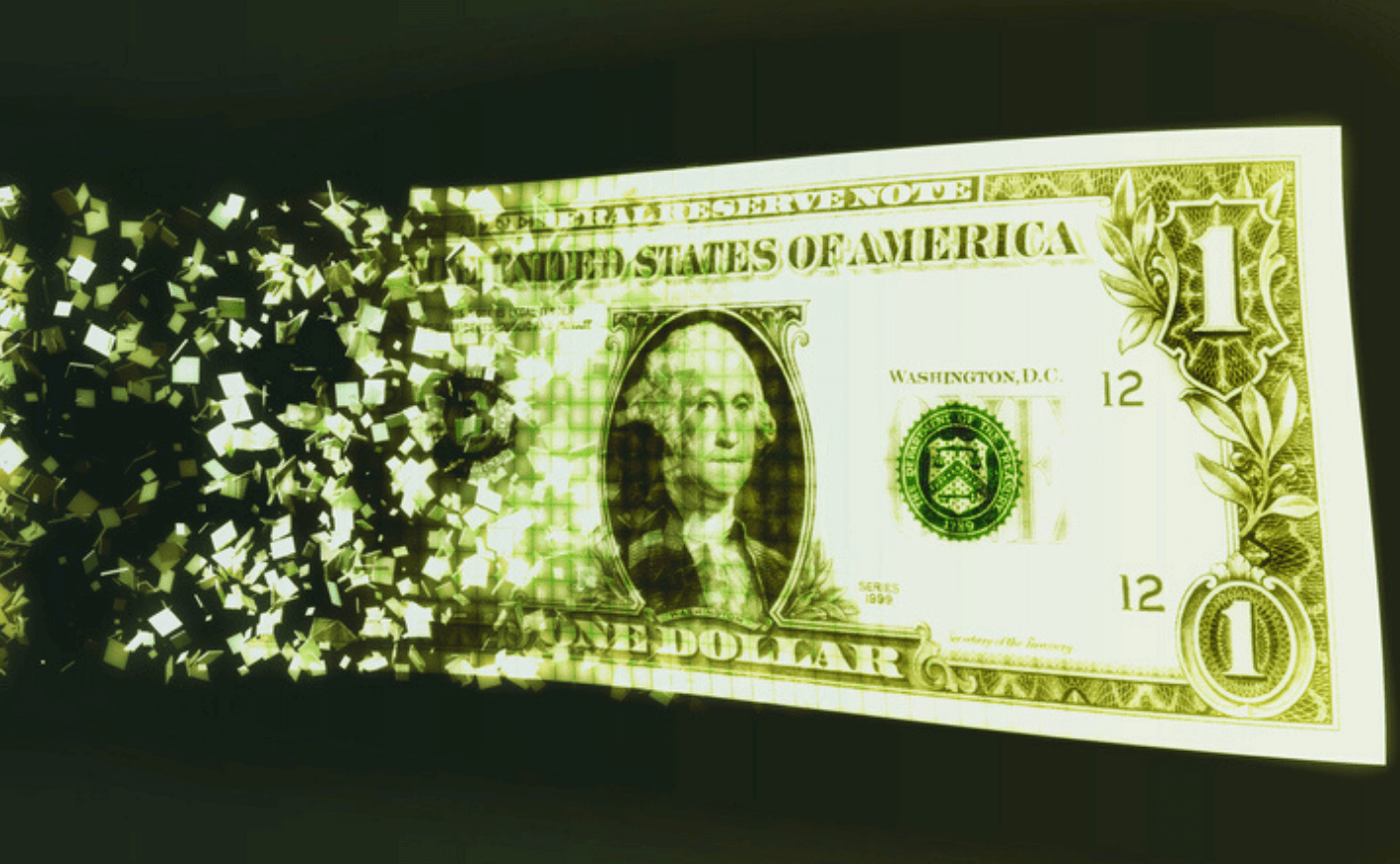If you can’t remember the last time you paid for your coffee with actual bills or coins, you’re not alone: Credit card or contactless payments have increasingly become the norm amid the coronavirus pandemic. Now the Federal Bank is looking to make digital dollars even more accessible.
Just last month, the central bank released a long-awaited report weighing the various advantages and disadvantages of the U.S. moving toward a more cashless system. While the dollar has seen a number of changes and updates during its history, going digital would represent one of the biggest, most fundamental changes to our national currency as we know it today.
How would it work?
In addition to minting coins and printing paper bills, the Fed would also begin issuing central bank digital currency (or CBDC), which would be kept in apps or “digital wallets” on our phones. As with Venmo or other cash apps, we could then use this currency to pay for things without having to use physical money. But as NPR reports, adopting this kind of system could take up to 10 years.
Are other countries following suit?
The U.S. would hardly be the first to make moves toward cashless payments. India plans to launch a digital rupee as soon as this year, and China has already rolled out a digital yuan on a trial basis in certain major cities, a feature it has been showcasing at the Beijing Winter Olympics.
What are the pros of a digital currency?
On top of increasing access to money for those who don’t have bank accounts, digital currency would reduce or eliminate fees by getting rid of the middleman. So you could transfer money straight from your digital wallet to a cashier at a restaurant, without necessarily going through your bank. Introducing digital dollars might also make it easier for the federal government to distribute funds to poorer Americans, something that could’ve been crucial with Covid relief checks. Almost 30 million Americans on Social Security and Supplemental Security Income experienced a delay in getting their stimulus payments last March thanks to issues with data processing times.
What about the cons?
The Fed says a “significant number” of Americans still don’t have access to digital banking or payment systems, and about 20% still rely on traditional financial services like money orders. As a result, some payments, like those that are cross-border, still remain slow and costly.
Security and privacy are also major concerns when it comes to the debut of digital payments. Since the central bank would be overseeing these cashless transactions, it’d have more data and insight into our finances than what many would be comfortable with. (Though that could also help keep money laundering at bay.) The U.S. might also want to consider updating its financial infrastructure to better protect itself against cyberattacks, which we’ve already seen happen with other forms of digital payments, like cryptocurrency. In fact, North Korean hackers stole almost $400 million in digital currency in 2021 alone.
So what’s next?
The Fed has stated that this report is just “the first step in a public discussion between the Federal Reserve and stakeholders about central bank digital currencies (CBDCs),” and plans to unveil its findings into the tech challenges that could come along with implementing digital currencies. But one thing is clear: Fed Chair Jerome Powell doesn’t want to rush into things.
When asked about concerns that the U.S. is falling behind other countries in its development of digital currency, Powell said, “I think it’s more important to do this right than to do it fast.”









